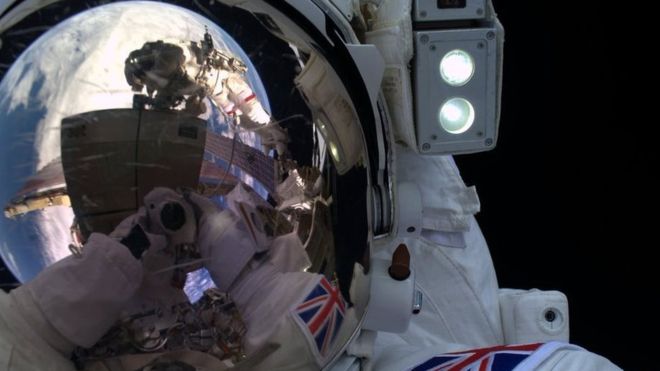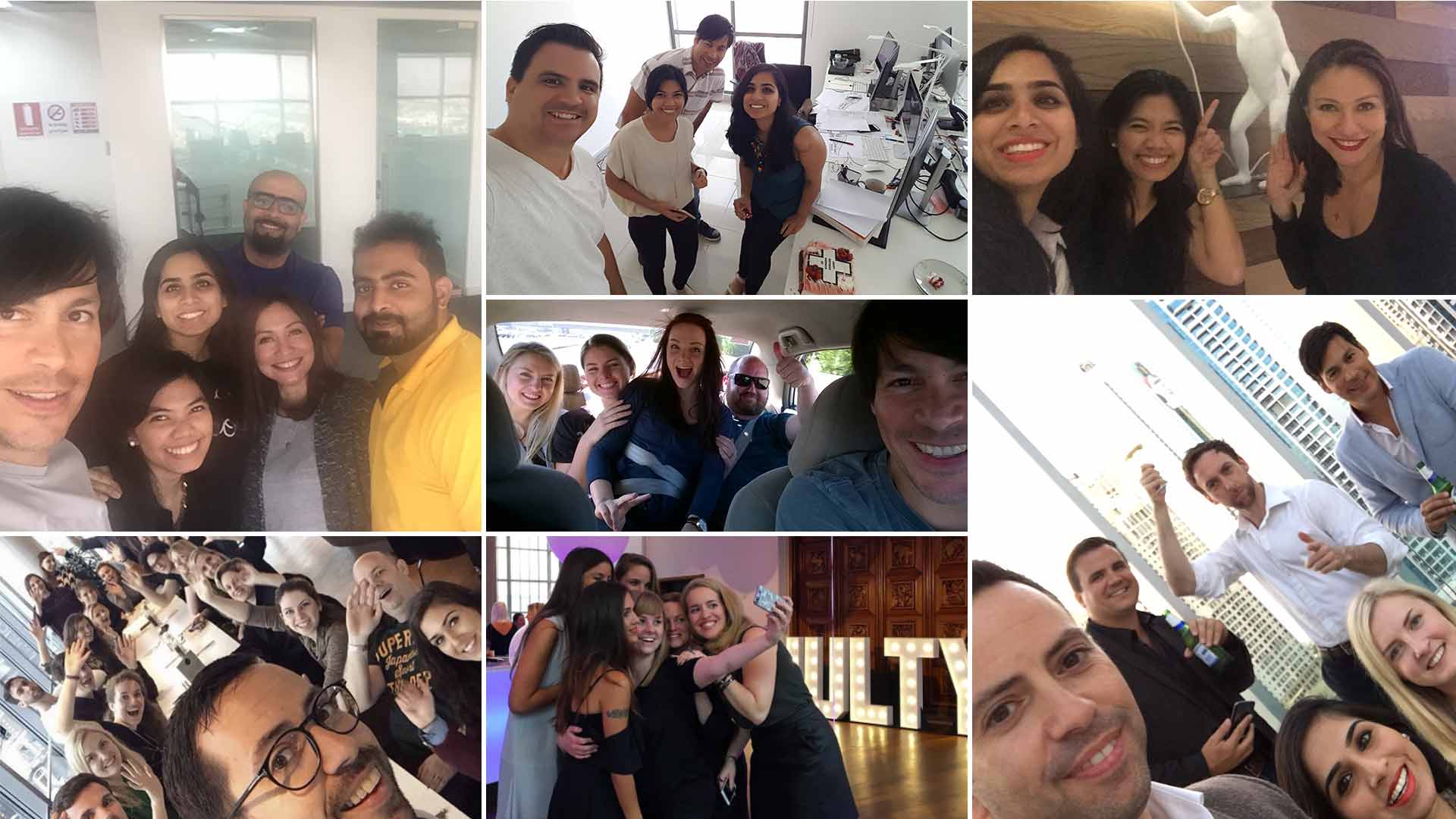Stellar snapshots
Selfies are part and parcel of today’s world – a real statement of the times we’re in. They’re happening all around us: from people suddenly (and annoyingly) stopping in a busy street to get an impromptu shot, to individuals spending hours getting just-the-right angle for their social media profiles.
Then there’s the likes of Ellen Degeneres’ A-list, star-studded selfie, Leo finally getting his Oscar and astronaut Tim Peake’s first-ever spacewalk. Even Pope Francis has been party to a few.
 Image: Tim Peake
Image: Tim Peake
And of course, there are things to help us in the act – selfie sticks, flash rings and special lenses. Instagram and Snapchat introduced hundreds of filters, allowing users to edit, re-edit (and a bit more re-editing), distort, blur, highlight or fade selfies to make them look flawless. But, the artificial filters can’t recreate well-lit or illuminated spaces that help make the perfect selfie.
So, what can you do in terms of lighting to try and get the best shot? Well, light plays a big role in creating an ambience, and by controlling the parameters below, a top-notch shot is there for the taking:
Application of light
Most people have an impression of the old-fashioned, Hollywood vanity mirrors – as well as looking glamorous, they illuminate the face perfectly by creating a warm glow. The main contributor to a good selfie is the application of light or the way it falls on the face. Lighting designers try to mimic a soft and diffused day light effect to provide even illumination, and this means using frontal lighting. Front illumination with a diffused vertical light, frosted lens’ light fixtures or indirect lighting illuminate the face without creating any shadows. Whereas, overhead downlights create a harsh shadow on the face, which can result in an unappealing aesthetic and the highlighting of flaws. What’s ideal is a layered approach with downlights to illuminate the room and a diffused front light to light up the face.
Source of Light
Natural sunlight is ultimately the best light for skin tone. The term the “golden hour” (first hour at sunrise and last hour at sunset) has been coined for a reason – it’s these time slots that provide optimum light qualities, and that’s why photographers have been using them for years to snap quality pictures.
But, in an environment where daylight is absent, incandescent bulbs and LEDs are excellent artificial sources of light. While incandescent gives you the full colour spectrum of light with CRI 100, it’s not energy efficient. Specialist LEDs, which have tailored qualities to best represent true skin tones, are now available to give you an honest, accurate representation of yourself (see them in use at Charlotte Tilbury, Westfield London). And, fluorescent light sources are also complementary for portrait pictures.
Color Rendering Index (CRI)
CRI is the measure of a light source’s ability to reveal colors of objects in comparison to the natural light source. Light sources with high CRI allow for the best rendition of skin tone. CRI of 90 and above is commonly used in changing rooms (where we all want to look good). Light with low CRI can make the skin tone appear pale and washed out. So, lighting up a room with fixtures with high CRI helps to create bright vibrant photos with distinct colour. (Find out more about CRI on our blog.)
Color Temperature
The color temperature of lighting has an impact on the ambiance of the space. A warmer colour temperature, resembling the light from a flame, is more preferable to cool white lighting from an overcast sky. Warmer sources of light in 2700K or 3000K make the whole atmosphere appear more soothing. Using soft amber light creates a glow in the space for more radiant selfies.
Brightness
The space should be well illuminated to prevent the picture from appearing grainy and dull. But while a dim room makes a picture appear rather drab, an overly bright one will make it appear clinical, highlighting flaws. It’s best to be in an atmosphere that’s well lit with multiple layers of light, which can be controlled. Additionally, a warm orange or cream screen in the background reflects light off it and emits a warm glow, which makes the skin look rosy and healthy. On the other hand, darker and grey coloured walls absorb light and make the space feel lusterless.
Lighting can certainly do a lot, but one thing it can’t do is recreate the joy of “being in the moment” or finding pure delight in an experience. The perfect selfies tend to be the ones taken when caught in a funny moment, when with friends or family, on holiday or on a night out with your mates – it’s capturing the happiest memories and moments that essentially make the best selfies.
Blog post by Harshita Shetty


